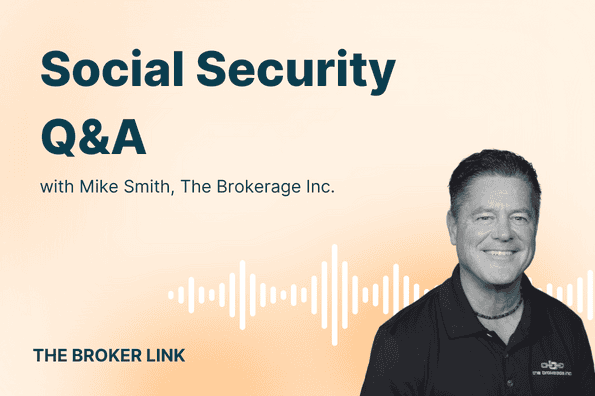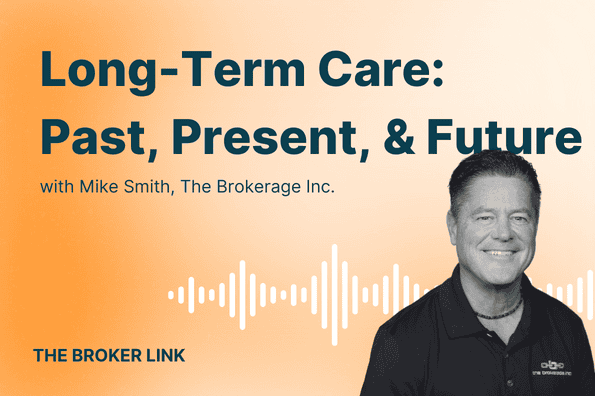Episode Summary
The transcript provides an extensive overview of selling life insurance policies to senior clients over the age of 65. It emphasizes that this demographic requires a more nuanced approach compared to younger clients. The content examines the two main categories of life insurance aimed at seniors - final expense and traditional permanent policies.
Final expense policies are explained as a form of simplified whole-life insurance designed for the senior market. They offer lower coverage amounts, usually between $1,000 to $50,000, with the average policy around $12,000. The key advantage highlighted is the streamlined underwriting process, making final expense policies easier to qualify for. These are split into "simplified issues" for clients in average health and "guaranteed issues" for those with health conditions. A simplified issue requires some medical questions while a guaranteed issue has no underwriting but a waiting period on the full death benefit.
In contrast, traditional permanent life insurance allows for higher coverage amounts but requires a rigorous medical exam during underwriting. These policies may also offer additional benefits like chronic illness riders. While the underwriting is more demanding, premiums are lower per $1,000 in coverage compared to final expense.
The content strongly advises against selling term life insurance to seniors due to the high risk of outliving the term. Instead, it recommends transitioning clients to some form of permanent coverage.
It stresses the importance of pre-qualifying seniors during an initial call before making product recommendations. Key questions to ask relate to their health, budget, and specific insurance needs. Presenting policy options in tiers based on their financial situation is suggested. Patience with the application process and clearly explaining tradeoffs between final expense and traditional policies is vital for building trust.
Additional tips covered for selling to this demographic include leading with empathy, taking time to identify needs, setting proper expectations around timelines, offering choices to meet health/budget constraints, and having the right carrier mix to provide tailored solutions.
The content provides a robust framework for profitably growing an insurance business by better understanding senior concerns, the available products, qualification criteria, and selling best practices. Proper training is emphasized as crucial for agents to excel in this expanding but specialized market.
Timestamps
(0:00:03) - Part two of a two-part series on selling life insurance to 65 and up clients
(0:00:43) - Last week we talked about how to pre-qualify a senior client for life insurance
(0:07:16) - How do you know what your client can qualify for? That's where you look
(0:08:27) - Traditional permanent life insurance requires more underwriting than other types of insurance
(0:13:01) - Texas listeners get an opportunity to attend a free life insurance roadshow
(0:13:52) - Can you help us compare the pros and cons of final expense versus traditional life insurance
(0:15:37) - Traditional life insurance can be less expensive than final expense
(0:17:19) - For application process and underwriting processes, it depends on whether you're doing final expense or traditional
(0:20:09) - All right, Joel, thank you for all this great information





